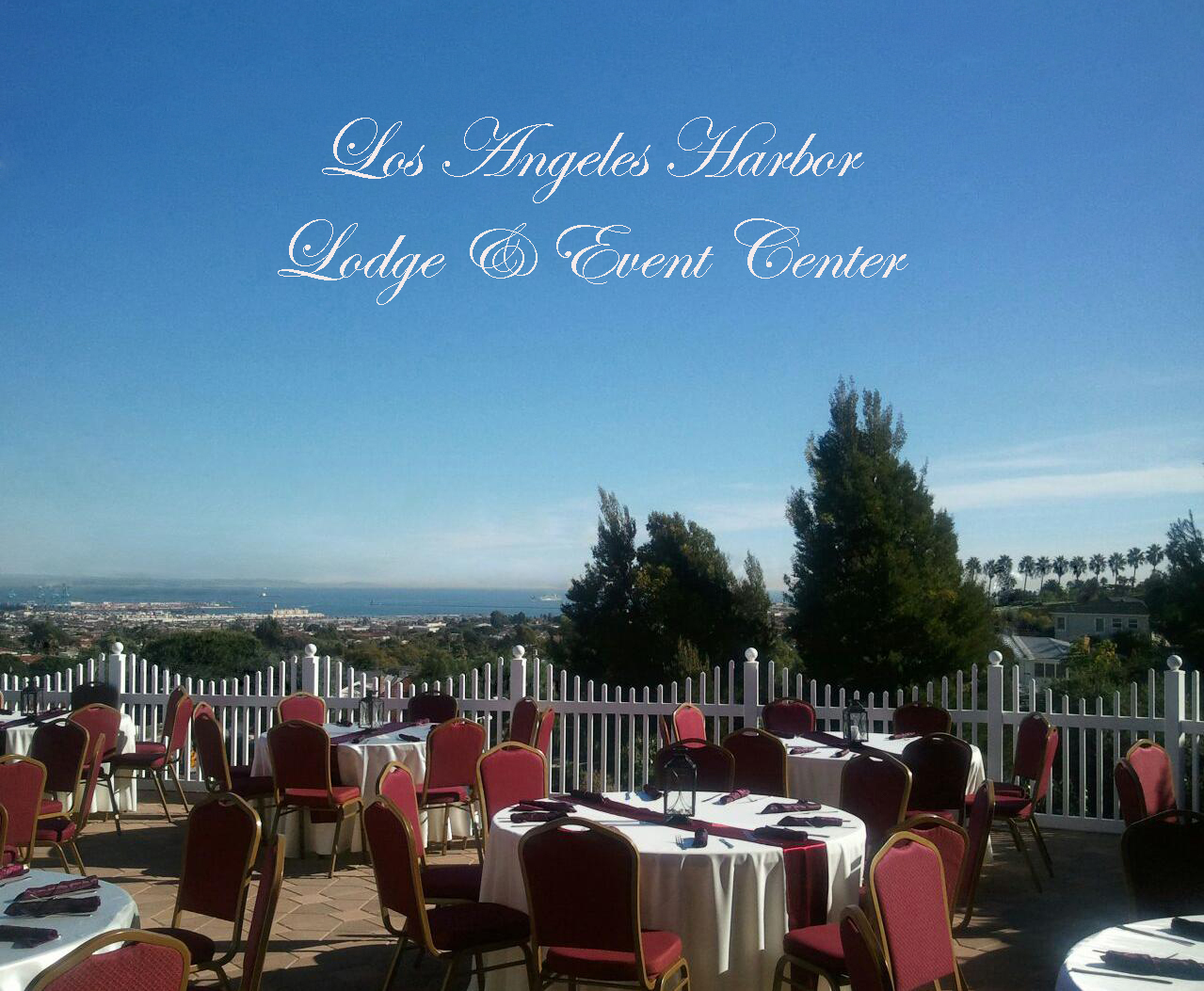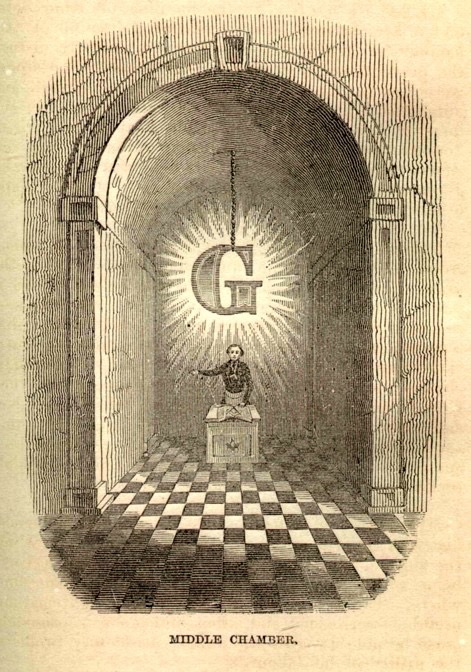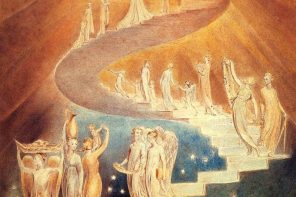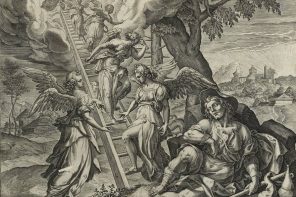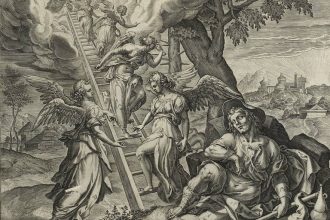Even a stranger, entering a Masonic Lodge Room, as he may do on a public occasion, must be struck by a mysterious Letter which hangs over the chair of the Master in the East. No one need tell him of its meaning; it is a letter of light and tells its own story.
Yet, no stranger can know its full meaning, much less how old it is. Indeed, few Masons are aware of all that it implies, either as a symbol or history. There it shines, a focus of faith and fellowship, the emblem of the Divine Presence in the Lodge, and in the heart of each Brother composing it.
When the Lodge is opened, the mind and heart of each member should also be opened to the meaning of the Great Symbol, to the intent that its light and truth may become the supreme reality in our lives. When the Lodge is closed, the memory of that Divine initial and its august suggestions ought to be the last thought retained in the mind, to be pondered over.
In English Lodges its meaning and use are made clearer than among us. There it shines in the center of the ceiling of the room, and the Lodge is grouped around it, rather than assembled beneath it. Below it is the checkerboard floor, symbol of the vicissitudes of life, over which hangs the whiter light of the divine guidance and blessing, so much needed in our mortal journey.
Also, in the Degrees its use is more impressive. In the First and Second degrees the symbol is visible in the roof, or sky, of the Lodge Room, like a benediction. In the Third Degree it is hidden, but its presence is still manifest – as every Masons knows – since the light of God is inextinguishable even in the darkest hours. In the Royal Arch it becomes visible again, but in another form, and in another position, not to be named here.
Thus, in the course of the degrees, the Great Letter has descended from heaven to earth, as if to show us the deep meaning of Masonry. In other words, the purpose of initiation is to bring God and Man together, and make them one. God becomes man that man may become God – a truth which lies at the heart of all religion, and most clearly revealed in our own. At the bottom, every form of faith is trying to lay hold of this truth, for which words were never made.
In all the old houses of initiation, as far back as we can go, some one letter of the alphabet stands out as a kind of Divine initial. In the Egyptian Mysteries it was the “Solar Ra,” a symbol of the Spiritual Sun shining upon the mortal path. In the Greek Mysteries at Delphi it was the letter “E” – Eta – the fifth letter of the Greek alphabet; five being the symbol of man, as evidenced by the five senses.
Hence also the pentagram, or five-pointed star. In olden times Fellow Craft Masons worked in groups of five, and five Brethren now compose one of their Lodges. Plutarch tells us in the Greek Mysteries the Letter Eta was made of wood in the First Degree, of bronze in the Second Degree, and of Gold in the Third – showing the advance and refinement of the moral and spiritual nature, as well as the higher value to the truth that was unfolded.
Many meanings and much history are thus gathered into the Great Letter, some of it dim and lost to us now. In our Lodges, and in the thought of the craft today, the Letter “G” stands for Geometry, and also as the initial for our word for God. Now for one, now for the other, but nearly always for both, since all Masonry rests upon Geometry, and in all its lore Geometry is the way of God.
Of the first of these meanings not much needs to be said. In the oldest Charges of the Craft, as in its latest interpretations, it is agreed that Masonry is moral geometry. What was forfelt by philosophers and mystics in ancient times is now revealed to us by the microscope. It is an actual fact that Geometry is the thought- form of God in nature, in the snowflake and in the orbits of the stars.
Since this ancient insight is confirmed by the vision of science, in the most impressive manner the great Letter may stand as the initial of God, not alone by the accident of our language, but also and much more by a faith founded in fact. There is no longer any secret; it cannot be hid, because it is written in the structure of things, in all forms which truth and beauty take.
Nor does Masonry seek to hide the fact that it rests in God, lives in God, and seeks to lead men to God. Everything in Masonry has reference to God, every lesson, every lecture; from the first step to the last Degree. Without God it has no meaning, and no mission among men. It would be like the house in the parable, built on the sand which the flood swept away. For Masonry, God is the first truth and the final reality.
Yet, as a fact, Masonry rarely uses the name of God. It uses, instead, the phrase; “The Great Architect of the Universe.” Of course such a phrase fits into the symbolism of the Craft, but that is not the only – nor, perhaps the chief – reason why it is used. A deep, fine feeling keeps us from using the name of Deity too often, lest it lose some of its awe in our minds.
It is because Masons believe in God so deeply that they do not repeat His Name frequently, and some of us prefer the Masonic way in the matter. Also, we love the Masonic way of teaching by indirection, so to speak; by influence and atmosphere. Masonry, in its symbols and in its spirit, seeks to bring us into the presence of God and detains us there, and that is the wisest way.
In nothing is Masonry more deep-seeing than in the way in which it deals with our attitude toward God, Who is both the meaning and the mystery of life. It does not intrude, much less drive, in the intimate and delicate things of the inner life – like a bungler thrusting his hand into our heart-strings.
No, all that Masonry asks is that we confess our faith in a Supreme Being. It does not require that we analyze or define in detail our thought of God. Few men have formulated their profound faith; perhaps no man can do it, satisfactorily. It goes deeper than the intellect, down into the instincts and feelings, and eludes all attempts to put it into words.
Life and love, joy and sorrow, pity and pain and death; the blood in the veins of man, the milk in the breast of woman, the laughter of little children, the coming and goings of days, all the old, sweet, sad human things that make up our mortal life – these are the bases of our faith in God. Older than argument, it is deeper than debate; as old as the home, as tender as infancy and old age, as deep as love and death.
Men lived and died by faith in God long before philosophy was born, ages before theology had learned its letters. Vedic poets and penitential Psalmists were praising God on yonder side of the Pyramids. In Egypt, five thousand years ago, a poet King sang of the unity, purity and beauty of God, celebrating His Presence revealed, yet also concealed, in the order of life.
No man can put such things into words, much less into a hard and fast dogma. Masonry does not ask him to do so. All that it asks is that he tell, simply and humbly, in Whom he puts his trust—in life and death, as the source, security and sanction of moral life and spiritual faith; and that is as far as it seeks to go.
By Joseph Fort Newton
Reprinted by kind permission from the Southern California Research Lodge’s “Fraternal Review.”
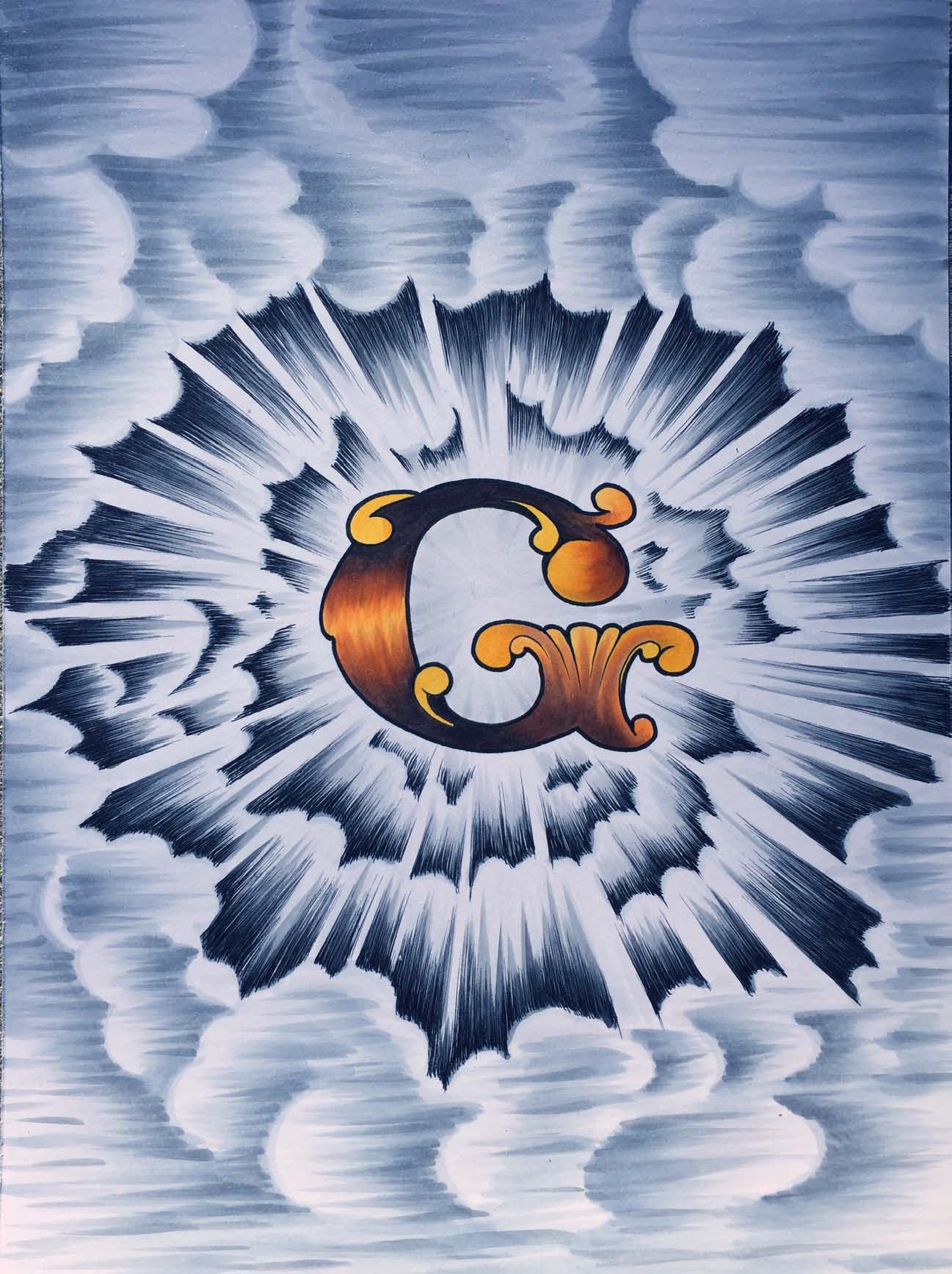
Excerpt from The Short Talk Bulletins I, (Burtonsville, MD: The Masonic Service Association, 2013), S. Brent Morris, Ed., Volume 5, Number 7, July 1927, 206-208.
The entire text is on the SCRL website, http://www.theresearchlodge.org/masonic-light.html
